30 Moments of GMS

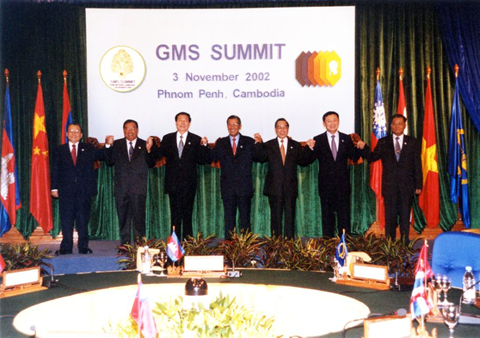
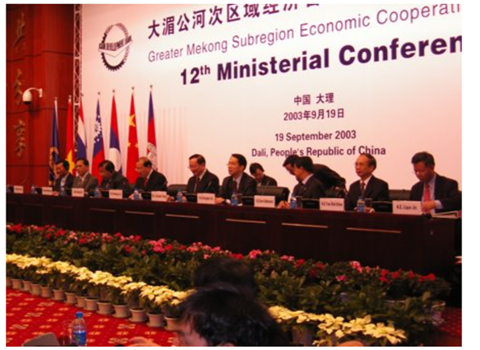
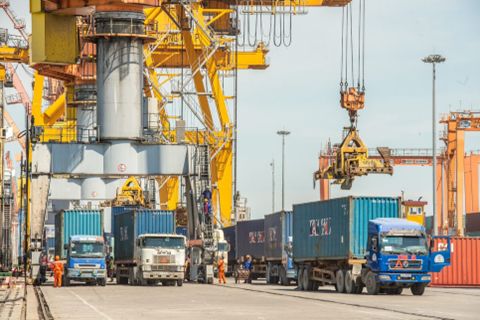
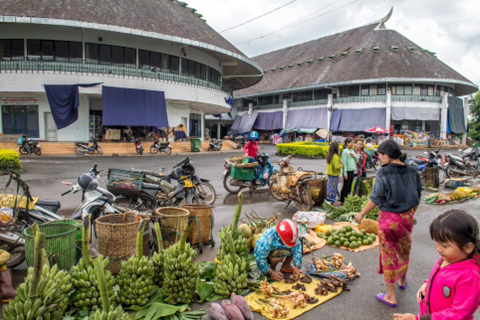
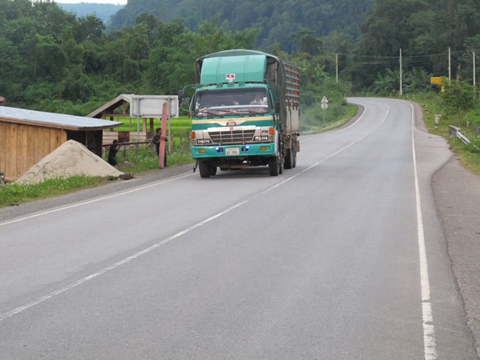
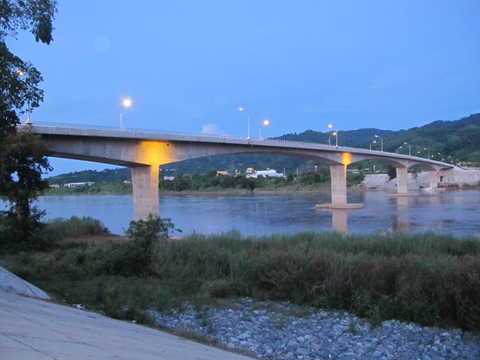
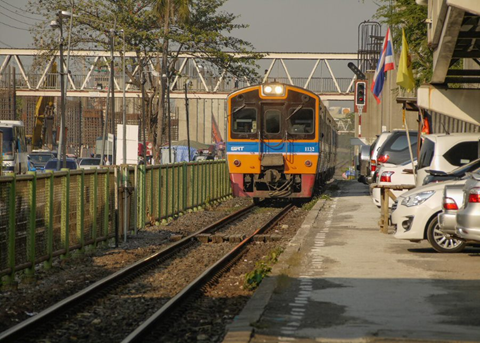
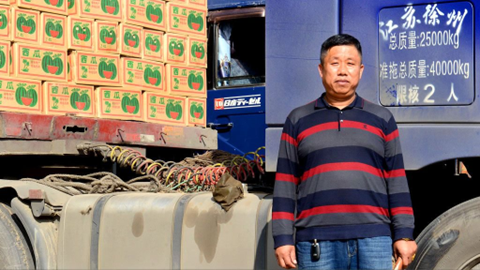
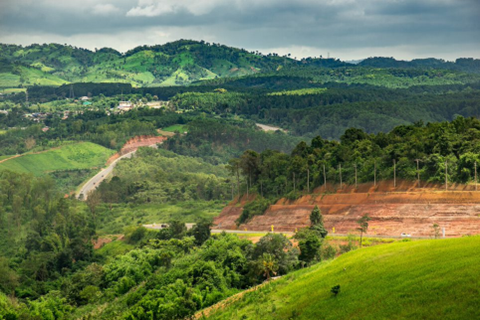



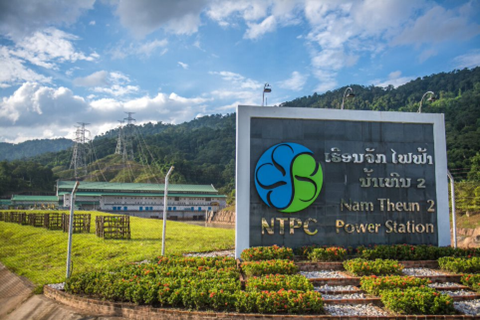
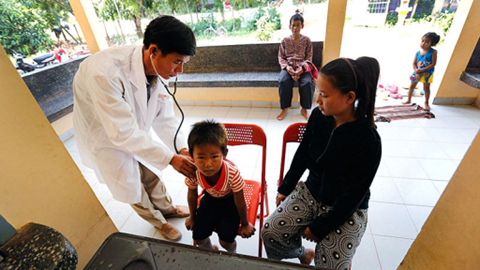
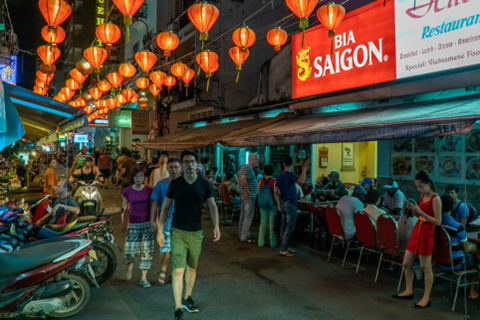
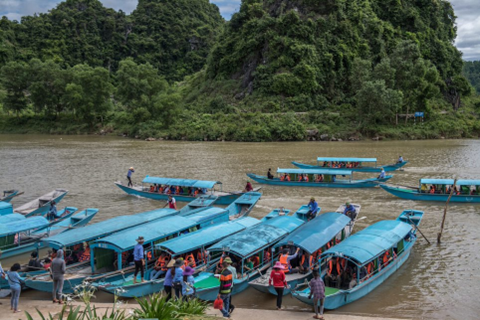
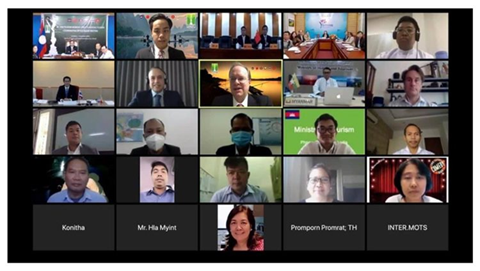

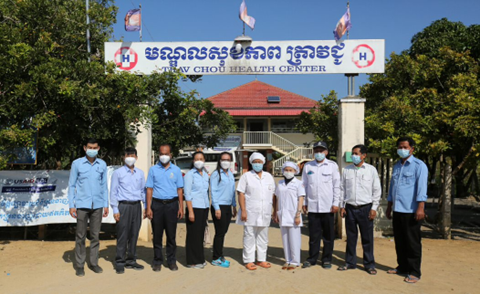
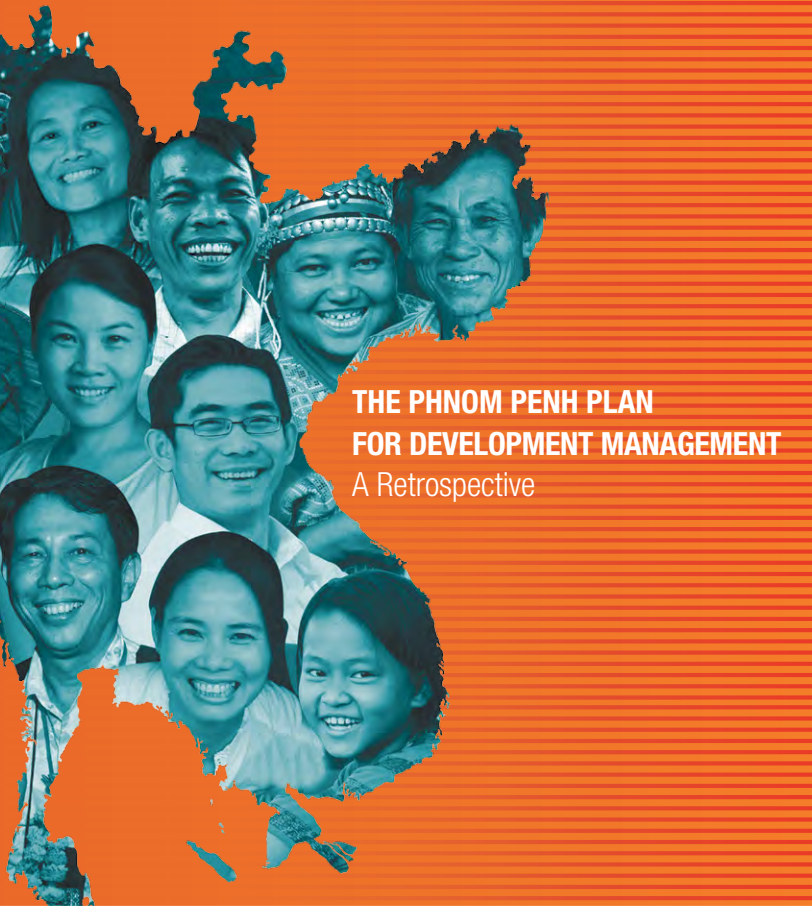
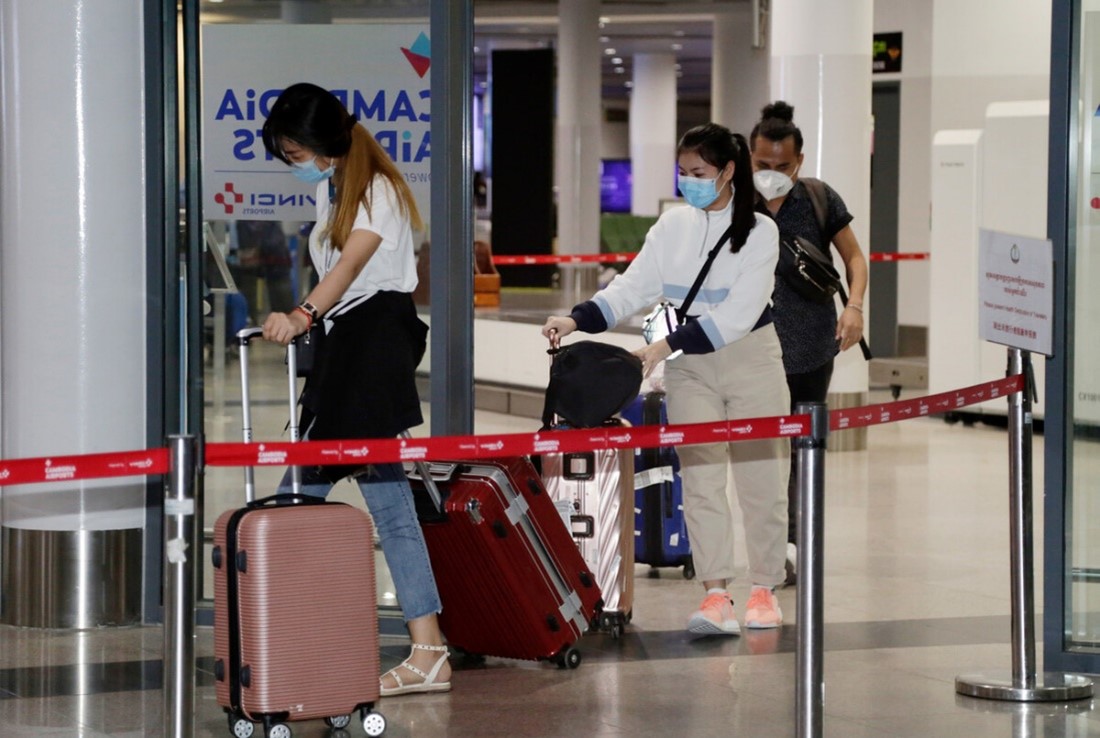
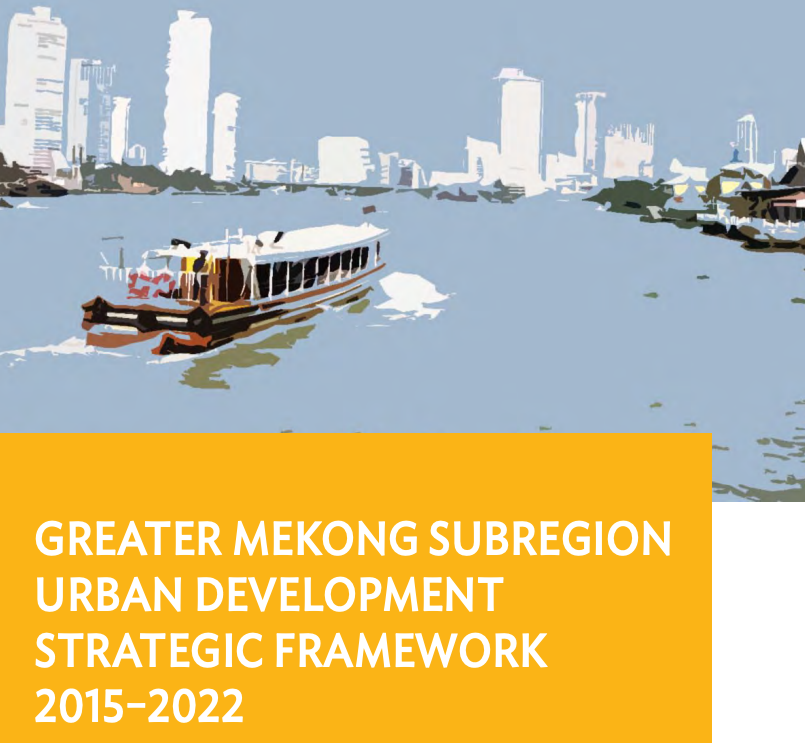

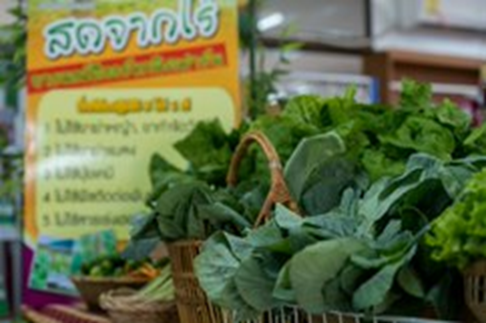
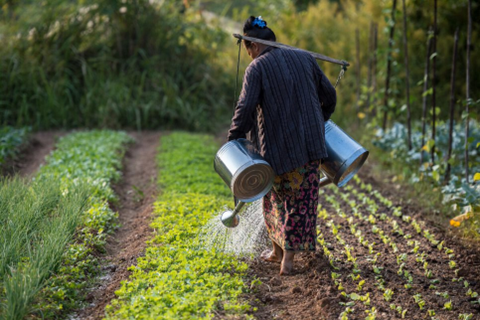
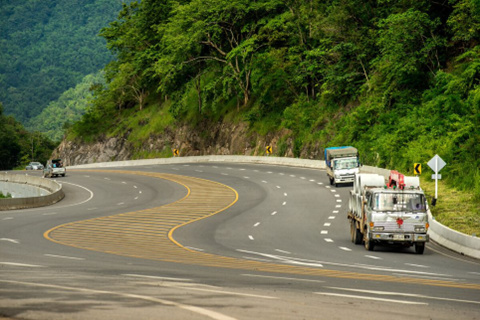
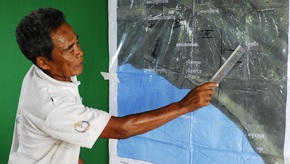
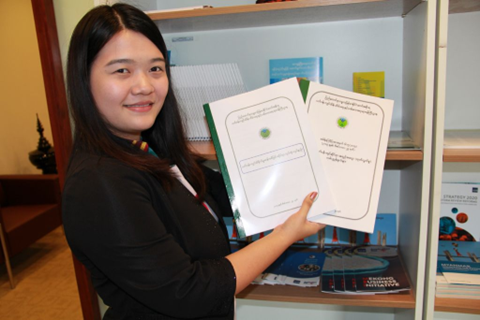
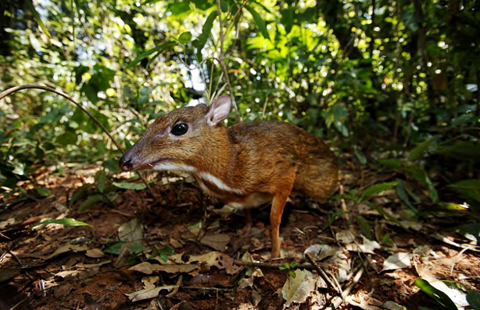

Photo: 2017 Ariel Javellana/ADB
GMS, a Successful Model of Regional Cooperation
ADB’s Greater Mekong Subregion (GMS) Economic Cooperation Program improved relations among the GMS countries. Today, it is regarded as one of the most successful models of regional cooperation in Asia. When the Program was launched in 1992, trade and other forms of cooperation were limited among GMS countries. At present, as of December 2021, GMS governments, ADB, and multilateral and bilateral development partners have financed 109 investment projects and 230 technical assistance projects amounting to $27.7 billion. Of this, ADB contributed $12.5 billion, GMS governments $6 billion, and other development partners and the private sector $9 billion.(ADB 2001 Annual Report, AEIR 2022)

First GMS Summit
The first-ever GMS Summit was held in Phnom Penh, Cambodia, in November 2002. It marked 10 years of successful regional cooperation in the GMS. Leaders of the six GMS countries—Cambodia, People’s Republic of China (PRC), Lao People’s Democratic Republic (Lao PDR), Myanmar, Thailand, and Viet Nam—convened and pledged to work more closely to reduce poverty and promote greater subregional integration. “Our most important achievement has been the growing trust and confidence among our countries, which has provided a favorable environment for trade, investment, economic growth, and social wellbeing,” affirmed the Leaders in the Summit Statement. (ADB 2002 Annual Report)

The 3 Cs: Community, Connectivity, Competitiveness
The GMS Strategy was translated into the 3 Cs—Enhancing Connectivity, Improving Competitiveness, and Building a Community—at the 12th GMS Ministerial Meeting in 2003. The 3C-strategy encapsulates the GMS Program’s vision of a prosperous, integrated, and harmonious subregion. (GMS 20 Years of Partnership)

Photo: 2017 Ariel Javellana/ADB
GMS Program Remains Relevant and Responsive
An assessment by ADB’s Independent Evaluation Department (IED) of the GMS program from 2012–2020 affirmed that the GMS Program remains relevant and responsive to the development needs of its members and continues to deliver effective programs to promote regional cooperation and integration. (Evaluation of ADB Support for the Greater Mekong Subregion Program, 2012–2020,Independent Evaluation Report Calls ADB to Extend Greater Mekong Subregion Support Beyond Physical Infrastructure)

Photo: 2017 Ariel Javellana/ADB
The GMS East–West Economic Corridor Project
The GMS East–West Economic Corridor (EWEC) Project, completed in 2007, helped improve Viet Nam’s connectivity with other GMS countries and contributed to increasing trade between the country and its Mekong neighbors. Development of rural roads along the corridor has particularly enhanced mobility for rural communities in Viet Nam, as well as Lao PDR, providing greater access to markets, employment opportunities, and social services, as shown in this photo around the Lao Bao Commercial Center. Lao Bao is a town on the Viet Nam-Lao PDR border. (ADB 2007 Annual Report, Lao Bao caption)

At the Boten International Checkpoint, on the road from PRC to Lao PDR along the GMS NSEC.
Photo by Jason Rush 2014
Shortening Travel from Kunming, PRC to Lao PDR through Upgraded Road Linkages
The GMS North-South Economic Corridor (GMS NSEC) extending from Kunming, PRC, through northwest Lao PDR and down to Bangkok, Thailand, upgraded crucial road linkages. The project made travel more efficient by shortening the navigation in the 228-kilometer portion of the Lao PDR corridor from more than 9 hours to only 3 ½ hours. ( Ancient Trade Route Delivers New Opportunities to Greater Mekong Subregion)

The bridge is the ‘missing link’ along the North-South Economic Corridor, which is the main land route for trade between Yunnan province in the People’s Republic of China (PRC) and Thailand.
Photo by Jason Rush 2014
Completing Last Missing Links to Increase Trade
Completion of the Fourth International Mekong Bridge between Hoayxay, Lao PDR and Chiang Khong, Thailand, the last missing link along the NSEC, increased trade volume along the corridor to a further 12%. Before the bridge was built, people and cargo had to cross the river in ferry boats, a time consuming, costly, and cumbersome task. The bridge enabled land traffic to move seamlessly along the more than 1,000-kilometer long route connecting Kunming in the PRC to Chiang Rai in Thailand.
ADB, through the GMS Program, conducted the feasibility study for the bridge project in 2005 and helped foster the spirit of collaboration that brought countries together to complete the corridor.
(New Thai, Lao PDR Bridge Completes 'Missing Link' in Key Regional Corridor)

Photo: 2015 Lester Ledesma/ADB
Reviving Railway Links
In 2019, Cambodia and Thailand resumed rail services after 45 years. The Asian Development Bank under the GMS Program financed the reconstruction of the Poipet (Cambodia)-Aranyaprathet (Thailand) link for $13 million. (Cambodia and Thailand reconnected by rail after 45 years)

Shan Zengquan is the general manager of Hongfa Fruit Company Limited from Xuzhou City, Jiangsu Province, PRC (Photo by Lu Jingwen)
Yunnan Integrated Road Network Development Project
Mr. Shan Zengquan transports fruits over rugged mountain roads in Yunnan Province, PRC, to supply local vendors and other nearby markets. For decades, he drove around 5 hours of rough, dangerous travel to get from Longling County in Yunnan Province to his distribution center in the city of Ruili, a major crossing point on the border with Myanmar. An expressway built with ADB’s assistance through the Yunnan Integrated Road Network Development Project shortened his transit time to less than an hour. The ADB project helped complete the national expressway system in the province and constructed a highway from Kunming, the provincial capital, to the Myanmar border. (People’s Republic of China: Building Roads that Help Small Towns in Yunnan Province)

Photo: 2016 Patarapol Tularak/ADB
Upgrading of Key Sections of Thailand’s NH 12 and NH 359
GMS program support financed the upgrading of Thailand’s National Highway (NH) 12 from Phitsanulok to Lom Sak (105 km) along the East–West Economic Corridor (EWEC), and NH 359 from Phanom Sarakham to Sa Kaeo (73 km) along the Southern Economic Corridor (SEC) from two-lane to four-lane highways, filling a gap in financing large investment programs. The Phitsanulok – Lom Sak road was officially opened on 12 March 2016. Its strategic location in the region created wider opportunities for cross-border trade, tourism, and investment in Thailand, Lao PDR, Myanmar, and Viet Nam. (Highway 12 Upgrades to Support Cross-Border Trade and Tourism)

The Lao Bao border gate between Lao PDR and Viet Nam. 2017 Ariel Javellana/ADB
Single-stop Customs Inspections
On 6 February 2015, Deputy Prime Ministers of the Lao PDR and Vietnam inaugurated the full Single Stop Inspection (SSI) at the Dansavan-Lao Bao border checkpoints. Full SSI paves the way towards better coordinated border management, and towards the ASEAN Single Window. (ADB Annual Report 2015)

Photo: 2017 Ariel Javellana/ADB
GMS Road Transport Permit Facilitates Cross-border Freight
In 2021, Chongqing, PRC, started new highway cross-border freight routes linking PRC's inland city with Vientiane, Lao PDR through the GMS Road Transport Permit. With GMS temporary entry documents issued for motor vehicles on the Chongqing-Vientiane route, trucks from the PRC are allowed non-stop access to their destinations without having to switch to local trucks at borders. Data from Chongqing Highway Logistics Base showed that in the first half of 2021, 1,666 trucks transported goods worth about 997 million yuan ($154 million), up 70% and 107% year on year, respectively, from January to June. (Significant Growth for Cross-border Highway Freight Service in Chongqing, PRC; PRC’s Chongqing Obtains Greater Mekong Subregion Road Transport Permits)

Transmission lines in Steung Hav, Sihanoukville, Cambodia.
Photo by Jason Rush. 2014.
Connecting Sihanoukville to the National Grid
Sihanoukville, Cambodia’s 4th largest city and home to the country’s only deep sea port, used to be powered from a small, isolated station that could only provide electricity for about 8,000 consumers. The Second Power Transmission and Distribution Project connected Sihanoukville to the national grid, linking it to affordable, reliable energy supply that helped attract businesses and created jobs.
In 2005, when the project was approved, electrification ratio by population was only 17%. Upon project completion in 2010, it increased to 30%. In 2013, electrification ratio was 51%. (Cross-Border Energy Trade Powers Development in Cambodia).

Photo: 2017 Ariel Javellana/ADB
Lifting Lives with Hydropower
The Nam Theun 2 is a 1070 MW hydropower plant on the Nam Theun river in Lao PDR. 95% of the power produced by the plant is exported to Thailand, and the rest are consumed locally. The $1.25 billion Nam Theun 2 Hydroelectric Project, approved by ADB in 2005, has set the standard for the construction of "good dams" - those that address environmental and social impacts, and steer revenue toward a country's neediest people. The Power Plant started its commercial operations in 2010. (GMS Nam Theun 2 Hydroelectric Project in Lao PDR)

Photo: ADB
Reliable Electricity Helps Save Lives
Keo Sarum, head of Ta Phem Health Center, used to start worrying when darkness fell in Cambodia’s Tram Kok district. Without electricity, the center was at the mercy of unreliable solar-powered lamps and patients’ lives were constantly at risk. In 2013, affordable and reliable electricity finally lit up the health center through the GMS Transmission Project, which constructed 109 kilometers of high-voltage transmission lines and brought cheaper electricity from the Viet Nam border to Phnom Penh, Cambodia. Electricity brought improved health services and growing confidence in the center. (Expanding Access to Affordable Electricity in Cambodia)

Photo: 2019 Gerhard Joren/ADB.
Increasingly Interconnected through Tourism
The GMS subregion has become increasingly interconnected through tourism. In 2018, intra-GMS tourism accounted for nearly 23% of GMS tourism. (AEIR 2022)

Photo: 2017 Ariel Javellana/ADB.
Boosting Tourism among Cambodia, Lao PDR, Viet Nam
The GMS Mekong Tourism Development Project helped turn former war-torn GMS countries of Cambodia, Lao PDR, and Viet Nam into booming tourist destinations. It supported relaxation of visa regimes, upgrading of airports, support for training programs, and stepped-up marketing efforts. In Viet Nam, training programs gave the local people opportunities to work in the tourism sector in and around the Phong Nha - Ke Bang National Park.
Stepping up Tourism Sector amid COVID-19
The Mekong Tourism Coordinating Office and the Tourism Working Group website served as an information platform and portal during the initial COVID-19 response and mitigation phase. The website connected travelers with vital, rapidly changing information and provided a resource for tourism operators on various government relief and support efforts. (AEIR 2021)

Photo: 2017 Gerhard Joren/ADB.
Eliminating Malaria in the GMS
In early 2021, the World Health Organization noted the huge progress of the six GMS countries in achieving the malaria elimination targets outlined in the Strategy for Malaria Elimination in the Greater Mekong Subregion (2015-2030). The cases of P. falciparum malaria—the most deadly of the human malaria parasites— steeply declined to 67% in 2020 compared to the same period in 2019. The GMS countries have revised their targets to eliminate P. falciparum by 2023 from 2025. The GMS Program supports elimination of malaria in the subregion through the technical assistance "Malaria and Communicable Diseases Control in the GMS." (GMS Countries on Promising Path to Eliminate Malaria)

Photo: 2021 Sokunthea Chor/ADB.
GMS Health Security Response to COVID-19
In February 2020, at the beginning of the COVID-19 pandemic, funds under the GMS Health Security Project were quickly reprogrammed for rapid delivery of essential medical equipment. ADB also topped up the assistance with a $2 million grant to strengthen GMS countries’ capacity for epidemic response, provide laboratory equipment, and enhance regional cooperation on disease surveillance. (ADB’s Rapid COVID-19 Response in Southeast Asia,Meeting the COVID-19 Pandemic Challenge in the Greater Mekong Subregion)

Photo: 2021 Sokunthea Chor/ADB.
Helping Develop Leaders in the Subregion
The Phnom Penh Plan for Development Management (PPP), established in 2002, helped develop leaders and change agents in the GMS who are capable of shaping policies and implementing GMS programs and projects effectively. Implemented by a network of partners that targets GMS civil servants, it has delivered 85 learning programs to 1,668 junior, mid-level, and senior GMS officials on development management, regional cooperation, and public policy. (ADB Annual Report 2010, The Phnom Penh Plan for Development Management: A Retrospective)

Cambodian migrants workers arriving at the Phnom Penh International Airport. 2020 Chor Sokunthea/ADB.
Labor Mobility in the Subregion
The GMS Task Force on Labor Migration was initiated in 2021, and a Dialogue on Labor Migration in the GMS was held. The forum discussed the increasingly important link between subregional cooperation in labor migration management and the overall development of the subregion, which has gained even greater relevance in light of the COVID-19 pandemic. (AEIR 2022)

Turning Transport Corridors to Economic Corridors
The GMS Urban Development Strategic Framework was launched in 2015 to provide a tool to support GMS countries by coordinating urban planning and development at all levels. It is helping transform GMS transport corridors into GMS economic corridors. (GMS Urban Development Strategic Framework 2015–2022)

Photo: ADB
Corridor Town Development Projects
Corridor town development projects in the GMS aim to maximize the economic benefits of increased trade and traffic flows along major transport corridors in the subregion. Challenges facing many corridor towns in the GMS are significant and varied. Some towns find their infrastructure and public services totally inadequate; some experience severe environmental problems due to capacity constraints in water supply, sanitation systems, and solid-waste management. GMS corridor towns projects help strengthen the towns' capacities to manage development in an environmentally and socially sustainable manner. (Second Greater Mekong Subregion Corridor Towns Development Project)

Photo: 2013 Ariel Javellana/ADB.
Promoting Organic Farming in Thailand
Thailand’s Ministry of Agriculture and Cooperatives, together with private food and hospitality enterprises such as Lemon Farm, partnered with ADB and the Thai Organic Agriculture Foundation to develop a peer-to-peer system for farmers to test and certify each other’s produce. The participatory guarantee system, or PGS, was piloted at 15 sites around Thailand—5 of them funded under a $14 million GMS technical assistance grant. Nearly 500 households participated in Thailand’s pilot. The end goal is to link farmers to the global market. (Helping Farmers Go Organic in Thailand)

Photo: 2013 Ariel Javellana/ADB
Green Water Management under the GMS Core Agriculture Support Program
Green Water Management, supported by the GMS Core Agriculture Support Program, taught Mrs. Saysamone Ta-In, a farmer at Houaykapho village, Lakhonepheng district, Saravan province in Lao PDR, how to harvest rain water for organic vegetable farming. This has helped to augment her income by selling vegetables from increased crop production and ensure food safety at the farm level. Furthermore, creative use of social media, Facebook in particular, taught her to provide information to potential buyers in the vicinity. She was able to expand her cultivation from one area to another vacant land within her farm to have enough vegetables to sell to consumers.

Photo: ADB
Green Freight Initiative
From 2013 to 2016, the GMS Core Environment Program’s Green Freight Initiative helped 60 small and medium-sized freight companies in the Lao PDR, Thailand, and Viet Nam to test ways for long haul cargo to become more fuel-efficient. The pilot phase of the Green Freight Initiative tested three types of fuel saving measures extensively—aerodynamic devices, efficient tires, and eco-driving. Field tests showed 9% to 14% fuel savings from using aerodynamic devices and efficient tires and maintaining correct tire inflation during the trial period. When supplemented by eco-driving, fuel savings rose by 11%-17%. (Breaking Down Barriers to Green Freight Investments)

Photo: ADB
Promoting Simpler and More Relevant Land Use Change Software
To reduce conflict from competing land demands and improve countries’ land change simulation capacity, the GMS Core Environment Program (CEP) undertook an initiative to make land use change software simpler to use and more relevant. GMS CEP facilitated a regional network of national academic institutions as centers of excellence on land use change modeling and forged stronger government-science partnerships. The tool was applied to support Viet Nam’s revised National Land Use Master Plan.(Building Capacity for Land Use Change Modeling (2014–2017),Innovations in Land Use Planning in the Greater Mekong Subregion)

Photo: ADB
Helping Safeguard the Environment
The GMS Core Environment Program supported the Government of Myanmar in the implementation of the Environmental Impact Assessment (EIA) Procedure in 2016. The EIA was enacted to prevent adverse environmental and social impacts of development projects, and contribute to achieving sustainable development. The GMS Program also supported Myanmar’s Ministry of Environmental Conservation and Forestry in developing environmental quality guidelines to minimize levels of air, noise, and water pollution. (New EIA Requirements to Help Safeguard Myanmar's Environment)

Photo: Luo Aidong Research Institute of Xishuangbanna National Nature Reserve
https://www.adb.org/news/act-urgently-preserve-biodiversity-sustainable…
Biodiversity Support
The Biodiversity Strategy and Action Plan (BSAP) grant support for Yunnan Province implemented from 2013–2014 helped establish the provincial framework for biodiversity conservation in Yunnan Province. The project implemented a Five-Year Action Plan for the BSAP and improved government capacity in conservation planning. Project results included a comprehensive ranking of provincial conservation priorities, assessing over 340 flora, 240 fauna, and 36 ecosystems; provincial-scale analysis of climate change impacts to biodiversity in Yunnan; conservation training for over 220 personnel from 21 departments; and a participatory approach which involved over 16 CSOs and multiple government agencies. (Rare Plant and Animal Species Find Sanctuary in PRC's Tropical Rainforest)
